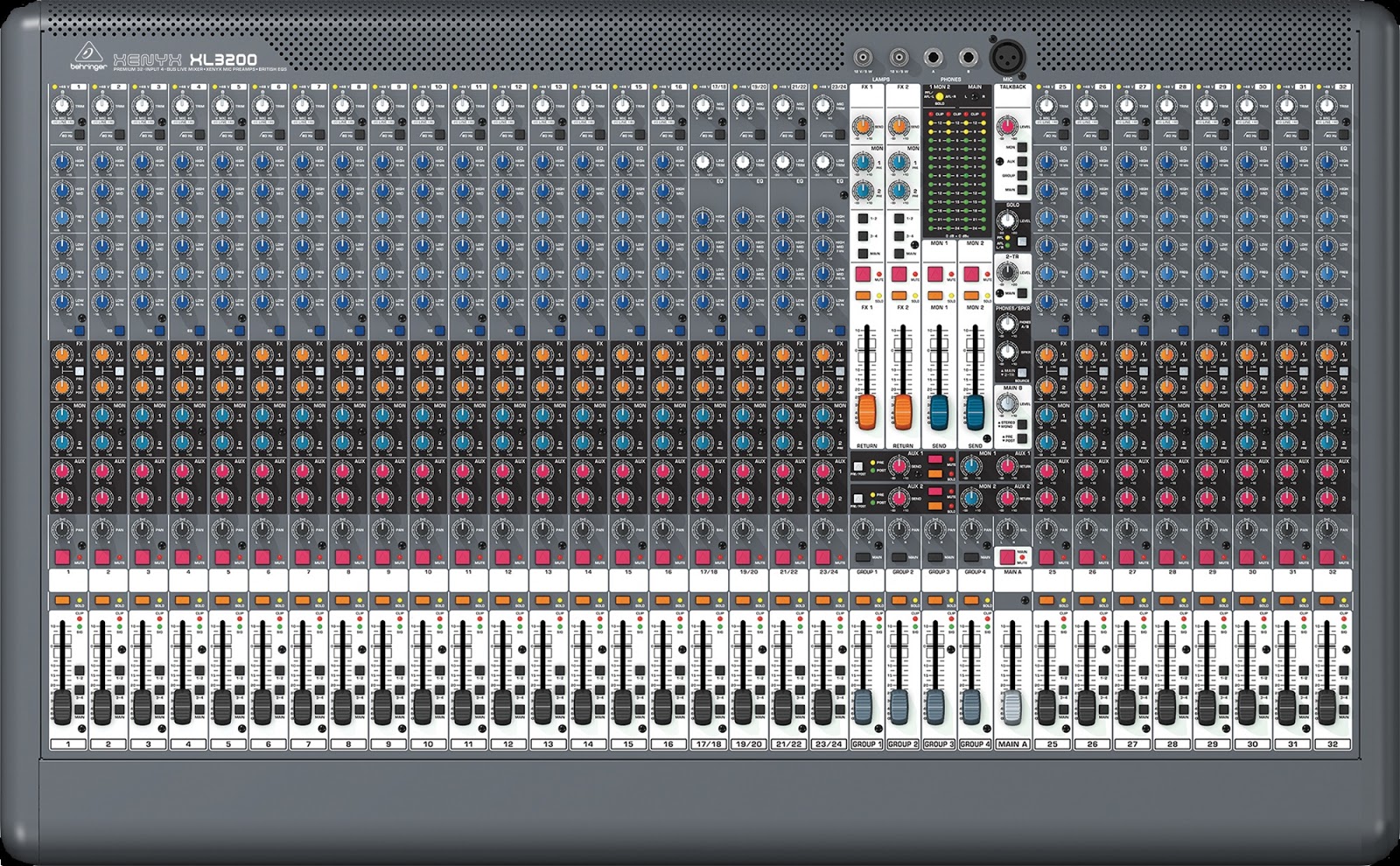

This is known as known as audience perspective, an example of which is Emile Pandolfi performing "Fantasie Impromptu Op. Therefore, the audience will perceive all the notes coming from the center.

That's because a piano will most likely be turned at a 90 degree angle perpendicular to the audience. However, the audience at a piano recital will have a different experience. (Most acoustic piano recordings are recorded with a minimum of a left and right microphone to capture the low and high notes equally.) This is known as player perspective, an example of which is "Happy Phantom" from the Tori Amos album Little Earthquakes. So if you were wanting the listener to hear as if they were sitting at the piano while they were listening to your mix, you'd pan the low notes to the left, and the high notes to the right. Notes at either extreme will have even wider spacing. Conversely, notes above middle C sound louder in your right ear. When you play notes below middle C, they sound louder in your left ear. Spacial perspective is more easily understood than its fancy name might imply.
 Placing audio elements in complementary and unobtrusive positions. Reproducing or simulating the spacial perspective of the listener. There are generally two methods of panning tracks in a mix: Understanding that fact is critical to understanding the benefits of panning tracks in a mix. More importantly, our brain processes the auditory impulses from each ear separately. Sound is constantly coming at us from the left, right, front, back, as well as from above and below. Humans have left and right ears, which allow us to perceive sound waves in a 360-degree sphere. So you might have to spend a few bucks to hear the examples, but it's well worth it.) How Humans Hear However, if you don't already have them in your music library, all four are available on the iTunes store. ( Note: Copyright prevents me from making the examples in this article downloadable. How did they do it? Well, the answer might be simpler than you think. Yet, when you listen to the result, he and Steve Bartek created a mix wherein every single track can be heard clearly. Danny Elfman wrapped layers of synth tracks, percussion, a brass section, and multi-part vocal harmonies around the core of a rock band. Have you every listened to a really dense piece of music and wondered: How did the producers and engineers make it possible to hear every note from each instrument? For instance, listen to the title track from the Oingo Boingo album Dead Man's Party.
Placing audio elements in complementary and unobtrusive positions. Reproducing or simulating the spacial perspective of the listener. There are generally two methods of panning tracks in a mix: Understanding that fact is critical to understanding the benefits of panning tracks in a mix. More importantly, our brain processes the auditory impulses from each ear separately. Sound is constantly coming at us from the left, right, front, back, as well as from above and below. Humans have left and right ears, which allow us to perceive sound waves in a 360-degree sphere. So you might have to spend a few bucks to hear the examples, but it's well worth it.) How Humans Hear However, if you don't already have them in your music library, all four are available on the iTunes store. ( Note: Copyright prevents me from making the examples in this article downloadable. How did they do it? Well, the answer might be simpler than you think. Yet, when you listen to the result, he and Steve Bartek created a mix wherein every single track can be heard clearly. Danny Elfman wrapped layers of synth tracks, percussion, a brass section, and multi-part vocal harmonies around the core of a rock band. Have you every listened to a really dense piece of music and wondered: How did the producers and engineers make it possible to hear every note from each instrument? For instance, listen to the title track from the Oingo Boingo album Dead Man's Party.







 0 kommentar(er)
0 kommentar(er)
